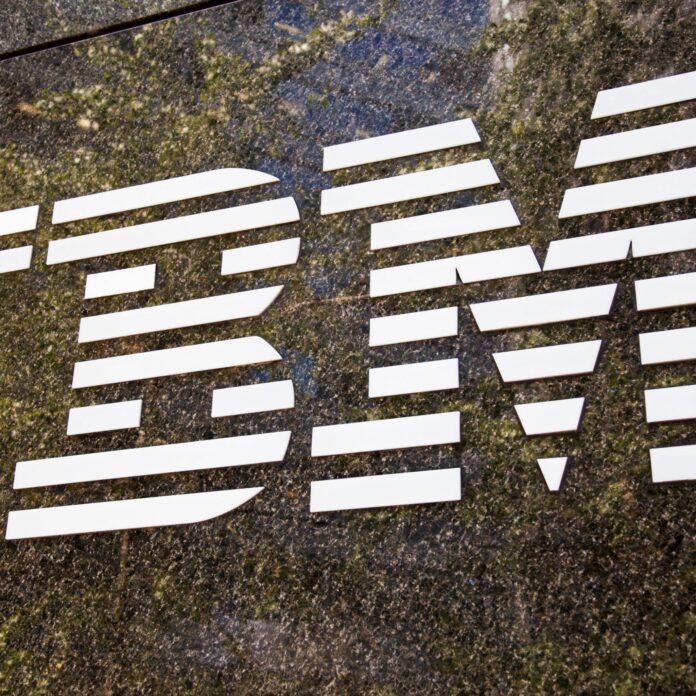IBM president: ‘The solution to the [chip] shortage involves exploring alternative ways to meet consumer demand’
Towards the end of April, Intel and TSMC the indicated that the global shortage of semiconductors might continue until 2023. This week, IMB President Jim Whitehurst reportedly confirmed this timeline, telling BBC News it would take time for the industry to add the necessary capacity to ease the current chip shortage.
“There’s just a big lag between from when a technology is developed and when [a fabrication plant] goes into construction and when chips come out,” Whitehurst told the news outlet. “So frankly, we are looking at couple of years … before we get enough incremental capacity online to alleviate all aspects of the chip shortage.”
He added that the solution to the shortage involves exploring alternative ways to meet consumer demand, such as extending the life of certain types of computing technologies and accelerating investment in semiconductor fabrication plants.
IBM is not alone in focusing on fabrication plant investments. Intel, for instance, announced plans to invest $20 billion to build two new chip factories in Arizona and, under the leadership of new CEO Pat Gelsinger, is all together overhauling its manufacturing strategy, while Samsung plans to build a $17 billion chip fab either in its home country or one of three U.S. cities, Austin, Phoenix or somewhere in Western New York.
Further, Taiwan-based TSMC has raised capex guidance to $100 billion over the next three years in an effort to increase its production capacity. On a recent earnings call, TSMC’s CEO C. C. Wei commented that the new fabrication facility won’t be available until 2023.
“And so this year and next year, I still expect the capacity tightening will continue…2023, I hope that we can offer more capacity to support our customers. And at that time, we start to see the supply chains tightening will release a little bit,” Wei said.

